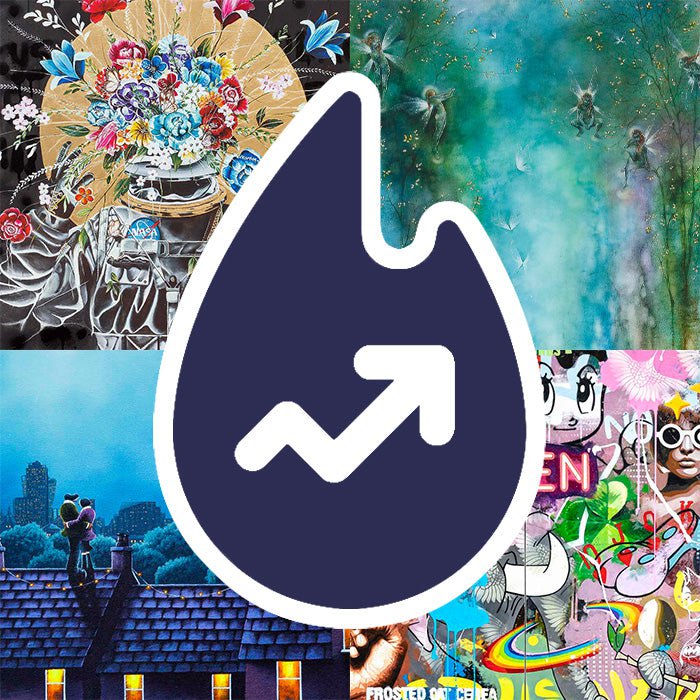The word giclée comes from the French word gicler meaning "to squirt or spray". A giclée limited edition is created using a digital printing process combining pigment based inks with archival paper to deliver a high quality image which can be adjusted to best reflect the original painting itself. The colour is applied in a single layer in most instances.















